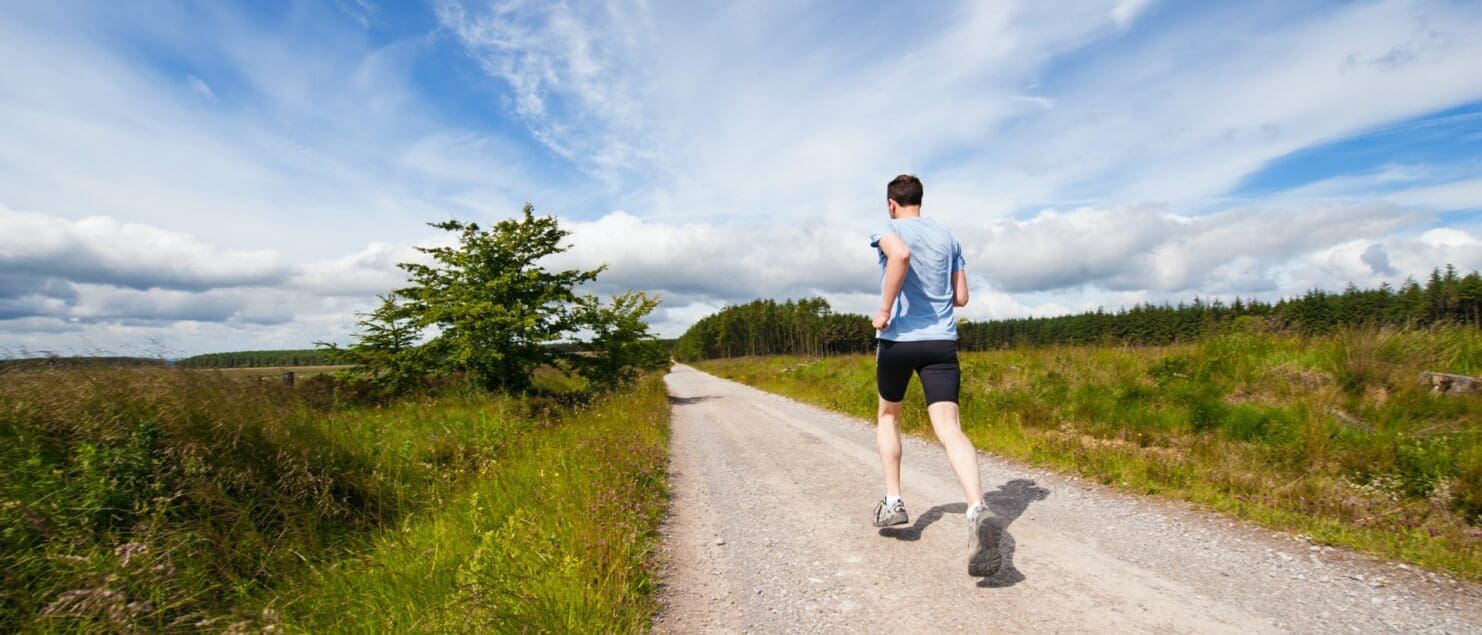Exercise: The Most Underused Antidepressant
Recently, I saw an article by a personal trainer who suggested envisioning exercise without an aesthetic goal. Unfortunately, I can’t remember where I saw this. What I think he was talking about was that Americans almost always view exercise as “to lose weight.” As the majority of the population is presently regarded as “over-weight,” this means exercise as requires us to think about changing ourselves. I believe most people find this very difficult. Furthermore, making exercise about body image brings in a whole host of deeply held insecurities for many. What if there’s another way to think about exercise?
A popular meme says, “Food is the most overused antidepressant, and exercise the most underused antidepressant.” Post-pandemic, we are living in a mental health crisis. A leading pediatrician task force has recommended that all children be screened for anxiety. The amygdala is part of the brain tasked with fear and memory. As such, it is linked with the “fight or flight” side of the nervous system, known as the sympathetic nervous system. The opposite side of the nervous system, tasked with “rest and digest”, is known as the parasympathetic nervous system.
A 2019 study from the journal Nature found that exercise reduced amygdala connections to other parts of the brain related to fear. Some therapists believe this is because running tells the amygdala that we are escaping the threat, and letting the sympathetic nervous system activate and can therefore downshift our agitation.
To put this together, let me propose this: Let us take exercise away from goals about changing the body, and apply it to changing the mind, in the moment. This makes it about now, not the future. If you feel down, move. Go for a walk, go for a run, do resistance training, whatever. Be less concerned about the future with your exercise. This is about now.
Going for a run now can make you feel better in a few minutes. Doing a set of lunges or air squats can change things now. Doing a set of pushups can change things now. Some discomfort with exercise is to be expected, both during and after. If you’re sore for three days, perhaps you did too much. Soreness for a day, particularly the first time, is realistic.
Additionally, it’s very helpful to choose a form of exercise that you enjoy. If you hate it, it’s going to be much more difficult on a bad day that if you love it. On a bad day, if you love the activity, you’ll probably still enjoy it once you get started. And remember, this is not about the future. This is about changing the way you feel now.

